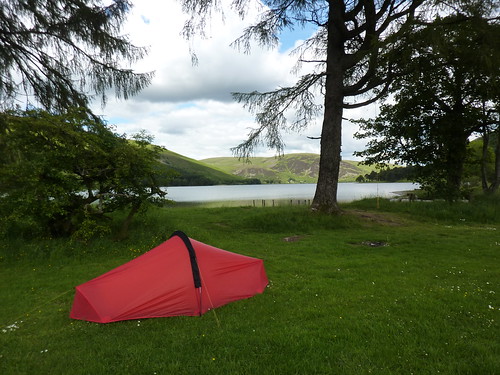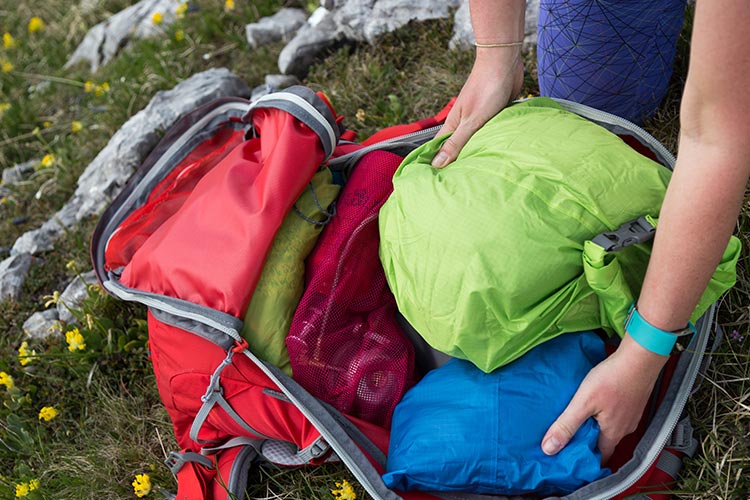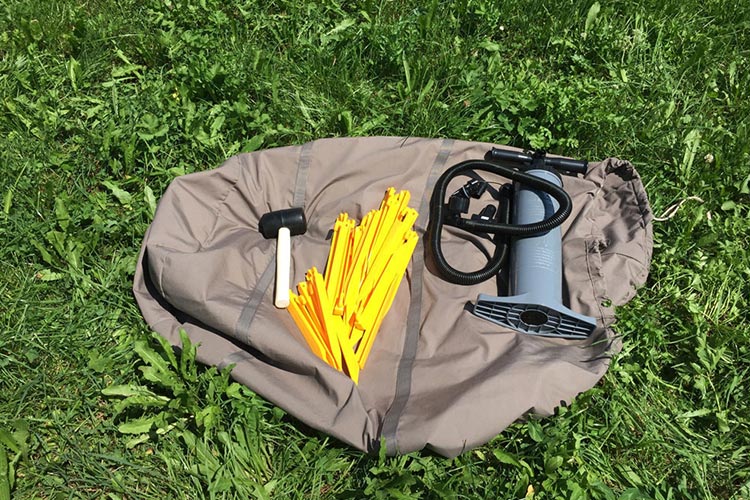A one-man tent is ideal for single campers, backpackers or hikers who are camping solo and don’t want to carry too much kit with them.
Whether you’re pitching up at a campsite or bedding down on a mountainside, a one-man tent should protect you from the elements and provide you with a comfortable and functional home-from-home for the night. It should also be lightweight and compact enough to take up a minimal amount of room in your rucksack, once it’s packed away.
But with so many types of tent around, how do you know which one is best for you? Our handy guide with tell you exactly what to look out for when it comes to buying a single-person tent.

One-man tent designs
When we think of a tent many of us imagine the classic A-frame design (i.e. the tent is shaped like a letter ‘A’ when viewed from the front). However, modern one-man tents come in a whole host of designs and styles, including:
Pop-up
As the name suggests, these kinds of tents simply ‘pop up’. This makes them ideal for those who want to pitch their tent quickly and easily, or are not used to pitching a tent on their own. With the poles already assembled and fitted into the tent fabric, the frame springs up by itself as soon as it is unleashed. However, taking them down again does require a little more effort.
Dome
A dome tent has flexible poles which cross over the middle of the tent, and the ends are then fixed at the base to form a domed shape. Again, dome tents are really simple to pitch, and offer plenty of headroom inside.
Tunnel
The tunnel tent – such as the Vango Soul 100 – gets its name from the fact that the poles are arched over in a tunnel shape, rather than cross over each other. Tunnel tents offer great space-to-weight ratio, and there is usually enough height for an adult to sit up comfortably.
Geodesic
Geodesic tents feature two or more poles that cross each other multiple times. This creates a very stable structure that is able to cope with extremely demanding conditions, making them perfect for use on mountains and in exposed areas.
Key features of a one-man tent

Whichever style of tent you opt for, there are a few features you should always take into consideration, including:
Flysheets
The flysheet is the ‘outer skin’ of the tent that acts as a barrier between you and the elements. You should make sure that your flysheet is lightweight, durable and, above all, waterproof – they will usually be coated with a waterproof layer such as PU (Poly Urethane).
Inner tent
This is the main living and sleeping area of the tent, and is designed to keep you nice and comfy during the night. Your inner tent should be made out of a lightweight and highly breathable fabric and will include a mixture of solid fabric and mesh for ventilation.
Groundsheet
As well as your inner tent, you will also need a groundsheet to act as an extra waterproof barrier between you and the cold, wet ground. Many tents come with a groundsheet already stitched into them so that they are totally sealed at the seams, preventing water (and creepy crawlies) from getting in.
Poles
Poles form the structure of a tent, so they need to be strong whilst still being fairly lightweight. Many tents use aluminium poles, which offer a high strength-to-weight ratio. Most poles are linked together by an elastic cord so that they are easy to fold up and pack away.
Consider size and weight of your one man tent
Other important factors to consider when buying a one-man tent are how much room you have to sleep in when it’s pitched, and how much room it takes up in your rucksack once it’s packed away. When buying a tent, think about the following:
Interior dimensions
With the unpredictable British weather, chances are you could be spending a lot of time cooped up inside your one-man tent. So you want to make sure that there’s plenty of room inside for you be as comfortable as possible. If you can, test the tent for roominess before you buy.
Weight
If you are hiking or backpacking, saving weight is a priority. With that in mind, most one-man tents are constructed to be extremely lightweight. However, when buying a tent, you should consider whether it will be light and compact enough when combined with all your other camping equipment.
Packed size
As well as how much your tent weighs, you should also think about how much room it takes up inside your rucksack. Many one-man tents come with a compression stuff sack, making it easier to pack away and ensuring that it is compact enough to save space.
We hope that our one-man tent buying guide has made the process of buying a tent a little easier. If you need any further advice, the outdoor experts at Winfield's are always happy to help.






